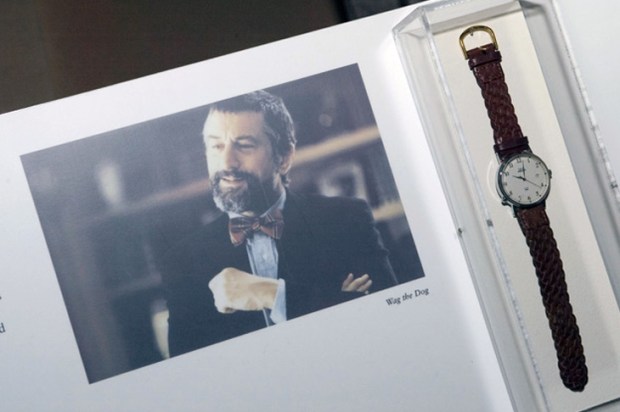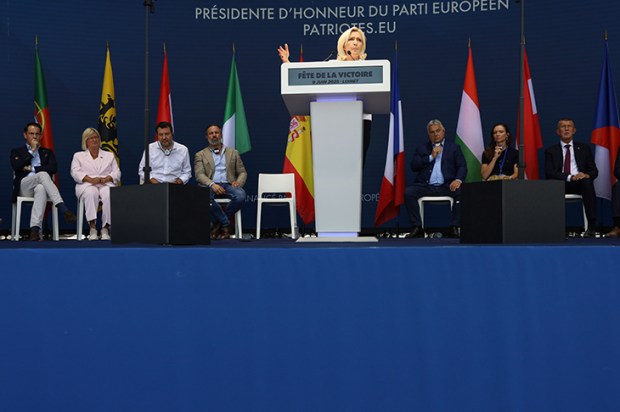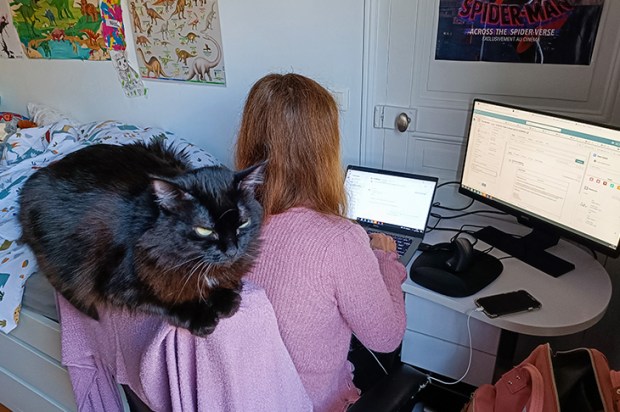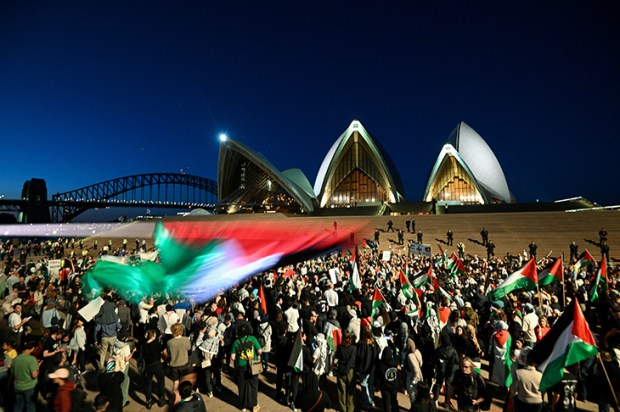As we know from the debate around the Voice referendum last year, most of us want equality for indigenous Australians (bear with me). Of course, there are some people who believe steps need to be taken to ensure that equality – and by ‘steps’ I mean something other than a lot of leftie hand-wringing and self-flagellation. Reconciliation is about more than white people making themselves feel less awkward about what may have happened two hundred years ago.
It is with some pride that those descended from the original First Nations people are described by our Prime Minister as representing the ‘world’s oldest continuous culture’, but in truth the current generation represent some 400 cultures from 400 separate and distinct First Nations. Differences in language, custom, lore, clothing, tools, weapons, agricultural techniques, etc, mean we are talking about a number of continuous cultures. What we really should be saying when we speak of First Nations people, but don’t because it’s so terribly fraught, is that they are the ‘world’s oldest continuous race’. And when we say (or don’t say) ‘race’, we are talking (or not talking) about an actual genetic race, not the nonsense that comes out of being born either side of a line drawn on a map. That’s just ethnicity (or more meaninglessly, ‘nationality’).
One of the reasons we don’t say ‘oldest continuous race’ is that it’s not been either fashionable nor helpful since 1939 to talk about race as something pure, but the reality was that for 60,000 years or so, a genetically unadulterated race of people lived in Australia. The other reason we don’t like to crow about the longevity of the First Nations unsullied DNA is that to do so would risk excluding those who, these days, perhaps don’t sufficiently exhibit some of the outward markers of that race (at least according to those who notice that sort of thing). Of course, the inward genetic markers are still there but as lining up a percentage of the population to have swabs taken never looks good in the history books, the whole boast is best elided.
‘Civilisation’ is a better word to use as the cultures of the First Nations have more in common than not. Unfortunately, it’s also a word that tends to be used only to describe networks of social hierarchy that left behind some museum-worthy statues. The British Empire chose not to employ it as a descriptor in 1835 when codifying the basis for colonial settlement (terra nullius was catchier). Thus, we make do with ‘culture’ which, though inaccurate because of its singular form, implies at least some sort of reassuring homogeny.
As for ‘continuous’, well, let’s go with that if only to assuage the left’s angst that it might have been eradicated or the right’s suspicion that it never existed to the extent claimed.
As for ‘oldest’, well 60,000 years is hard to get your head around. The easiest way is to imagine all the years since the creation of the universe as a single calendar year and that if we flick through to the last day, we see that at 25 seconds to midnight, a bunch of people leave Africa. Half-a-second later, they’re in the Kimberley and a quarter-of-a- second after that, they’ve settled the country.
At this stage, there’s only about 5-to-10 million people in the entire world, so everyone’s pretty much doing their own thing. Then, suddenly, twelve seconds before Auld Lang Syne, the Sumerians invent writing (pipping the Chinese and Mesoamericans by a nanosecond), and this speeds cultural evolution up considerably. For some. Cultural evolution doesn’t care about equality of access.
As the ‘Two!’ of our New Year’s Eve countdown is yelled out, approximately half of all the people alive are living under either Roman or Chinese rule and in that very last eighth of a second before the fireworks go off, 10 per cent of all the humans who ever lived are born.
Thus, in the general scheme of things, modern humans haven’t been around long. 200,000 years. That doesn’t allow for a lot of natural selection. Those freakish physical anomalies that allow those who inherit them the opportunity to ratchet up their chance to survive and thrive haven’t had a lot of time to bed in. Little things like the amount of melanin in our skin or the distribution of fat in the epicanthic folds around our eyeballs are about as much as we could hope for. True, we’ve come a long way since Homo erectus, but we haven’t changed that much; if one of those guys got on the bus today, he’d be expected to buy a ticket.
According to bones dug up by people with shovels and degrees, our hominid ancestors were seized with a wanderlust almost one million years before. Off they wandered lustily to Europe and Asia where evolution did what it does and turned them into Neanderthals and Denisovans depending on where they ended up. Meanwhile the folks back in Africa did a little more mutating and hey presto (in geological terms at least): Homo sapiens!
Homo sapiens were much better at co-operating with each other than the earlier lot. Social and cultural evolution enabled these homebodies to compensate for their individual weakness and collectively help one another through the travails of various ice ages and the eruptions of super-volcanoes. This made them a force to be reckoned with in a time when being gored to death by a mastodon was a day-to-day concern. Of course, being human, their success made them cocky. Off they swaggered around the world to interbreed or kill (sometimes both) their Neanderthal and Denisovan relatives, taking what was useful from their genetic material and stowing it away in their genome.
The thing is that at some stage on the 31st of December of our desk diary, you can see how prejudice and bigotry might have come in handy. The first thing a Cro-Magnon, guarding a lake from thirsty outsiders, might pick up on at a distance is the skin colour of whoever was approaching. Being alert to the ‘other’ would have been hard-wired into the brain. As the outsider got closer the next thing that might be picked up on was what they were wearing, their gender or their age. Closer still and perhaps engaging at that point, language or accent would be noticed. Humans tend to organise things into categories based on their utility, their familiarity, and, as a subset, whether they are ‘like’ or ‘not like’ something else. Just as we look at a bunch of atoms and see a chair, we instinctively contextualise and categorise people based on our experience or, in the case of xenophobia, our inexperience. As humans became more civilised and life became more transactional, we became more sophisticated and nuanced in our readings of people; more tolerant of other people’s differences so we could trade with them. If there is a mutual advantage to be gained, people tend to behave more nicely to each other.
Long story short: we all, regardless of race, need to embrace the principles of the market economy, press our advantage, and bring to heel the weaker among us if we ever want to survive as a species.
I know these views are not popular. But I have never courted popularity.












